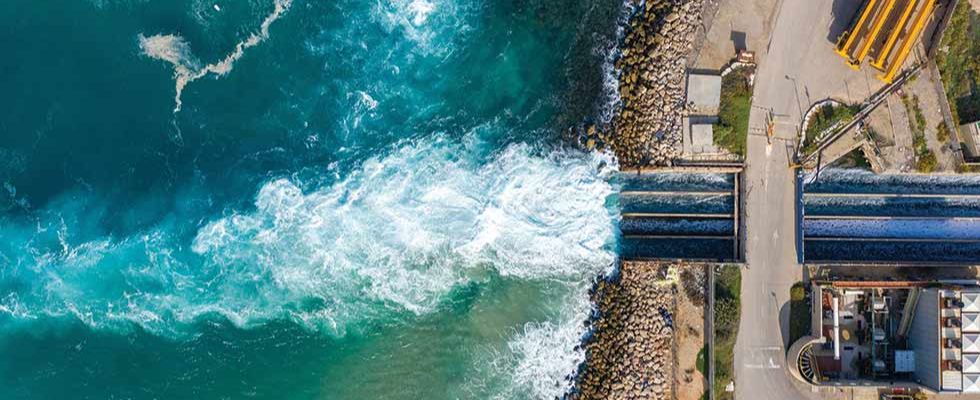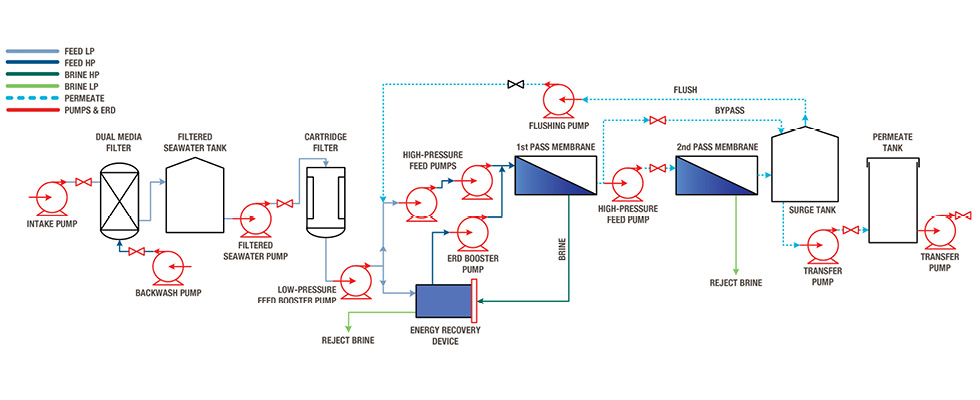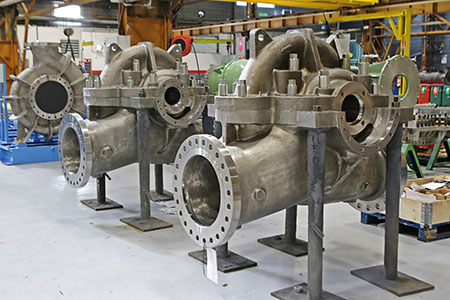
As the global demand for clean water continues to soar, the importance of safe and reliable desalination solutions has never been more critical. Communities worldwide are increasingly reliant on desalination plants to meet water needs, with notable users including Saudi Arabia, United Arab Emirates, Israel, United States, Australia, Morocco, Algeria and more.
Currently, over 21,000 desalination facilities operate worldwide, with several mega projects underway in the Middle East. This surge in demand stems from various factors, including climate change and population growth, freshwater shortages, advancements in desalination technology, declining construction costs and regulatory measures aimed at safeguarding natural resources.
The Challenge of Energy Consumption
Seawater reverse osmosis (SWRO) stands out as a cost-effective method for producing high-quality water. However, even the operation of SWRO plants comes with energy demands (3 to 7 kilowatt hours [kWh]/cubic meters [m3]). Energy consumption constitutes approximately 50% of a plant's operating expenses, with high-pressure feed pumps emerging as the primary contributors at 60% of the total plant power consumption. Given this scenario, reducing energy consumption becomes imperative for mitigating operational costs and enhancing the sustainability of desalination operations.

Energy Efficiency Strategies
Extensive review and analysis have identified three key directions for improving the energy efficiency of the SWRO process:
1. Optimal pump selection
The decision regarding which pumps to utilize holds immense significance in enhancing the efficiency of the SWRO process, particularly when considering high-pressure pumps. According to the U.S. Environmental Protection Agency (EPA), energy consumption by pumps in the SWRO desalination process constitutes the most substantial energy expense, accounting for up to 40% of the overall water cost. Among all pumps within the system, high-pressure pumps operate continuously, underscoring the criticality of their quality and efficiency.
It is imperative to ensure the adoption of appropriate technology in this aspect, which is indispensable for the comprehensive functionality of the desalination system. Optimal pump selection ensures the desalination system maintains consistent and reliable performance under varying operating conditions. In essence, endeavors directed toward optimizing the performance of high-pressure pumps hold the potential to substantially reduce energy wastage during the desalination process.
2. Decreasing feed water membrane pressure
Lowering the pressure of the feed water stands as a pivotal strategy in enhancing desalination efficiency. By reducing the feed pressure, the desalination process becomes more efficient, resulting in decreased energy consumption and operational costs.
3. Recovery of hydraulic energy from brine stream
Recovering hydraulic energy from the brine stream presents a promising avenue for maximizing energy efficiency in desalination operations. This process involves the reuse of up to 98% of the brine hydraulic energy to reduce power consumption.
By capturing and repurposing this energy, desalination plants can achieve notable savings in energy costs. The need to recover hydraulic energy underscores the importance of adopting sustainable practices to optimize resource utilization and minimize environmental impact.

Integrating Energy-Efficient Solutions
Integrating energy-efficient solutions is a crucial strategy for reducing energy costs and enhancing sustainability in SWRO desalination plants. High-pressure feed pumps, which are integral to the reverse osmosis separation process, play a vital role in pressurizing low-pressure feed water to facilitate the separation of dissolved minerals from intake water. To meet the industry's demand for energy-efficient and reliable high-pressure pumps, next-generation high-pressure membrane feed pumps have been developed. Single-stage, high-pressure pumps tailored for SWRO desalination plants boast efficiencies exceeding 90%. These pumps utilize advanced technologies, including computational fluid dynamics (CFD) for optimizing system performance and radially split casing designs for improved maintenance accessibility and hydraulic balance. Moreover, they feature enhanced product features and utilize advanced materials to minimize energy consumption while ensuring reliability and performance. By leveraging such energy-efficient equipment, plant operators can achieve savings in power consumption, contributing to long-term cost reductions and the overall sustainability of desalination operations.

The Role of Energy Recovery Devices
Energy recovery devices are key components in desalination processes, facilitating the capture and reuse of hydraulic energy to reduce power consumption. This reduction not only lowers operational costs but also aligns with sustainability objectives in water treatment operations.
As the global demand for clean water continues to rise, the imperative for implementing energy-efficient solutions in SWRO desalination becomes ever more pronounced. With each passing day, the strain on freshwater resources intensifies, underscoring the urgency of adopting sustainable practices in desalination processes. Integrating innovative equipment into system level solutions, as well as incentivizing service providers based on operational efficiency, offers a pathway to substantial reductions in energy consumption and operational costs and ensures consistent provision of high-quality water to communities worldwide.
Moving forward, continued investments in energy-efficient technologies will be crucial for addressing the challenges posed by growing water demand and advancing global sustainability goals.


